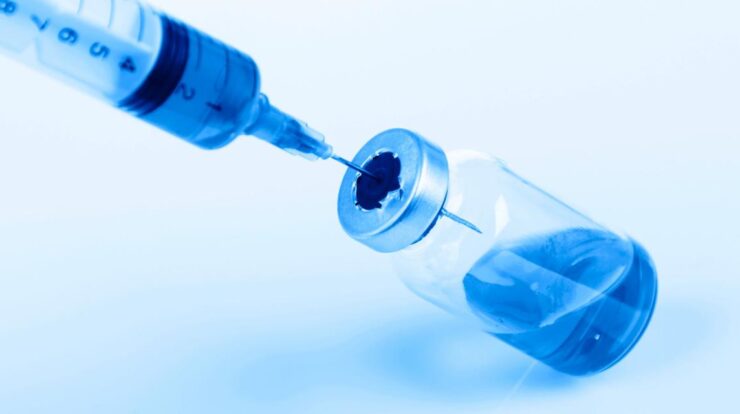
The H5N1 vaccine for humans, a groundbreaking development in avian influenza prevention, holds immense promise for safeguarding public health against this deadly virus. As the world grapples with the threat of H5N1 outbreaks, this vaccine offers a vital tool for mitigating its impact and protecting vulnerable populations.
With the virus continuing to spread among poultry and occasionally infecting humans, the need for an effective vaccine has become paramount. The H5N1 vaccine, currently in development, represents a significant step towards addressing this urgent need.
H5N1 Vaccine Development
Efforts to develop a vaccine against the H5N1 avian influenza virus are ongoing. Several approaches are being explored, including traditional inactivated vaccines, live attenuated vaccines, and recombinant vaccines.
Inactivated vaccines are made by chemically inactivating the virus so that it can no longer cause disease. Live attenuated vaccines are made by weakening the virus so that it can still replicate in the body but does not cause disease.
Recombinant vaccines are made by inserting the gene encoding the H5N1 virus’s hemagglutinin protein into another virus, such as a measles virus.
Developing an H5N1 vaccine is challenging because the virus is constantly mutating. This means that a vaccine that is effective against one strain of the virus may not be effective against another strain. Additionally, the H5N1 virus is highly pathogenic, which means that it can cause severe disease and death in humans.
H5N1 Vaccine Efficacy and Safety
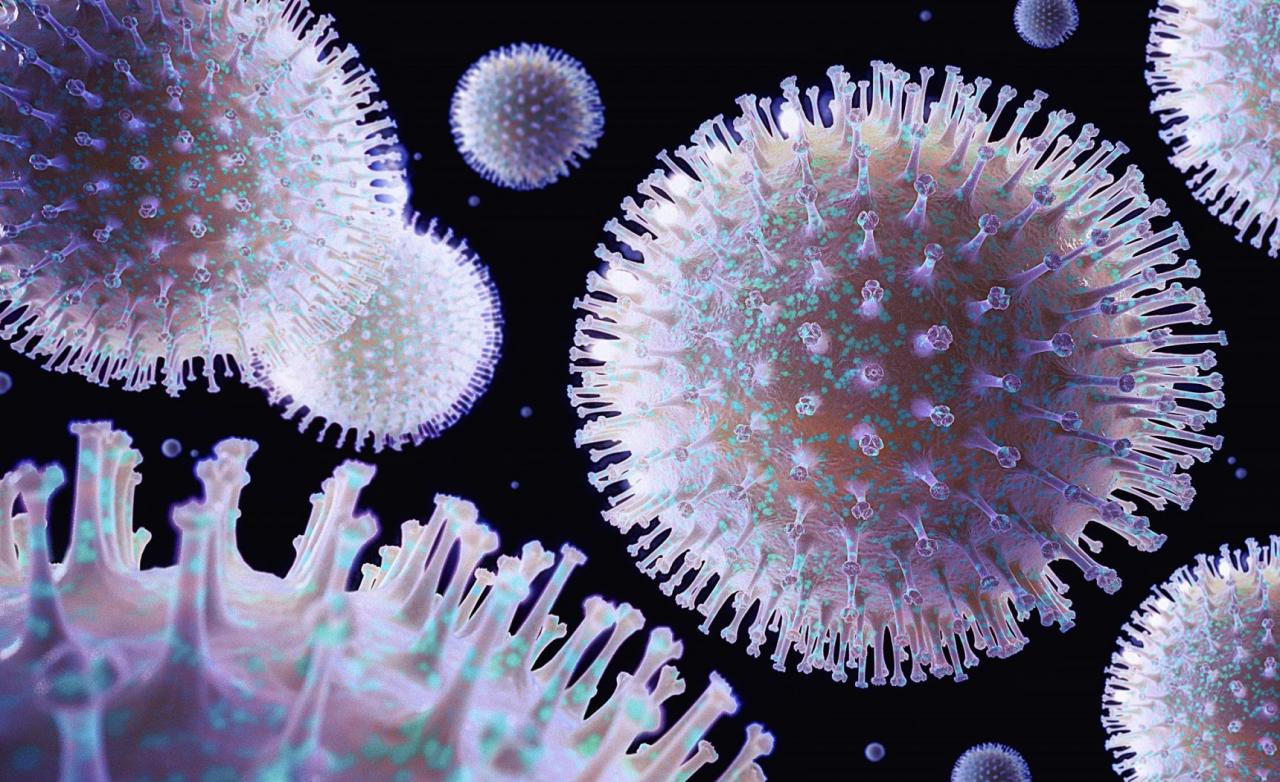
Clinical trials of H5N1 vaccines have shown that they are safe and effective. In one study, a recombinant H5N1 vaccine was found to be 97% effective in preventing infection in people who were exposed to the virus.
The most common side effects of H5N1 vaccines are mild, such as pain at the injection site, fever, and headache. More serious side effects, such as Guillain-Barré syndrome, are rare.
The potential benefits of H5N1 vaccination outweigh the risks. Vaccination can protect people from infection with the H5N1 virus, which can cause severe disease and death.
H5N1 Vaccine Production and Distribution
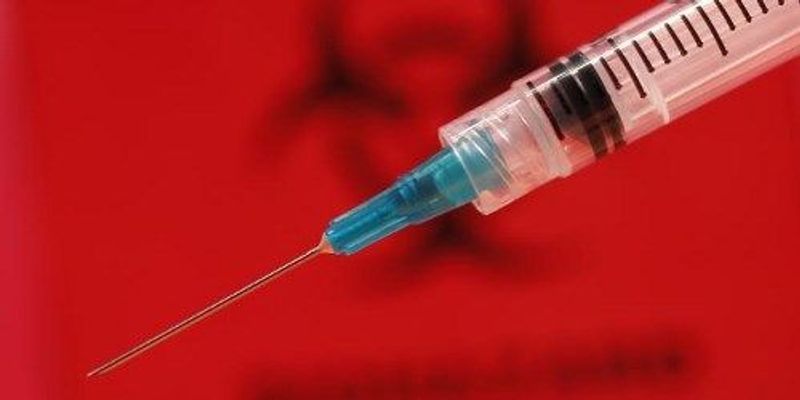
H5N1 vaccines are manufactured in cell culture. The process of manufacturing a single dose of vaccine takes about six months.
Scaling up H5N1 vaccine production is a challenge. The virus is highly pathogenic, which means that it must be handled in a high-containment facility. Additionally, the vaccine must be manufactured in large quantities in order to be effective.
Strategies for distributing H5N1 vaccines to high-risk populations include stockpiling vaccines in advance of a pandemic, targeting vaccination to people who are at highest risk of exposure to the virus, and using mass vaccination campaigns.
H5N1 Vaccine Policy and Implementation: H5n1 Vaccine For Humans
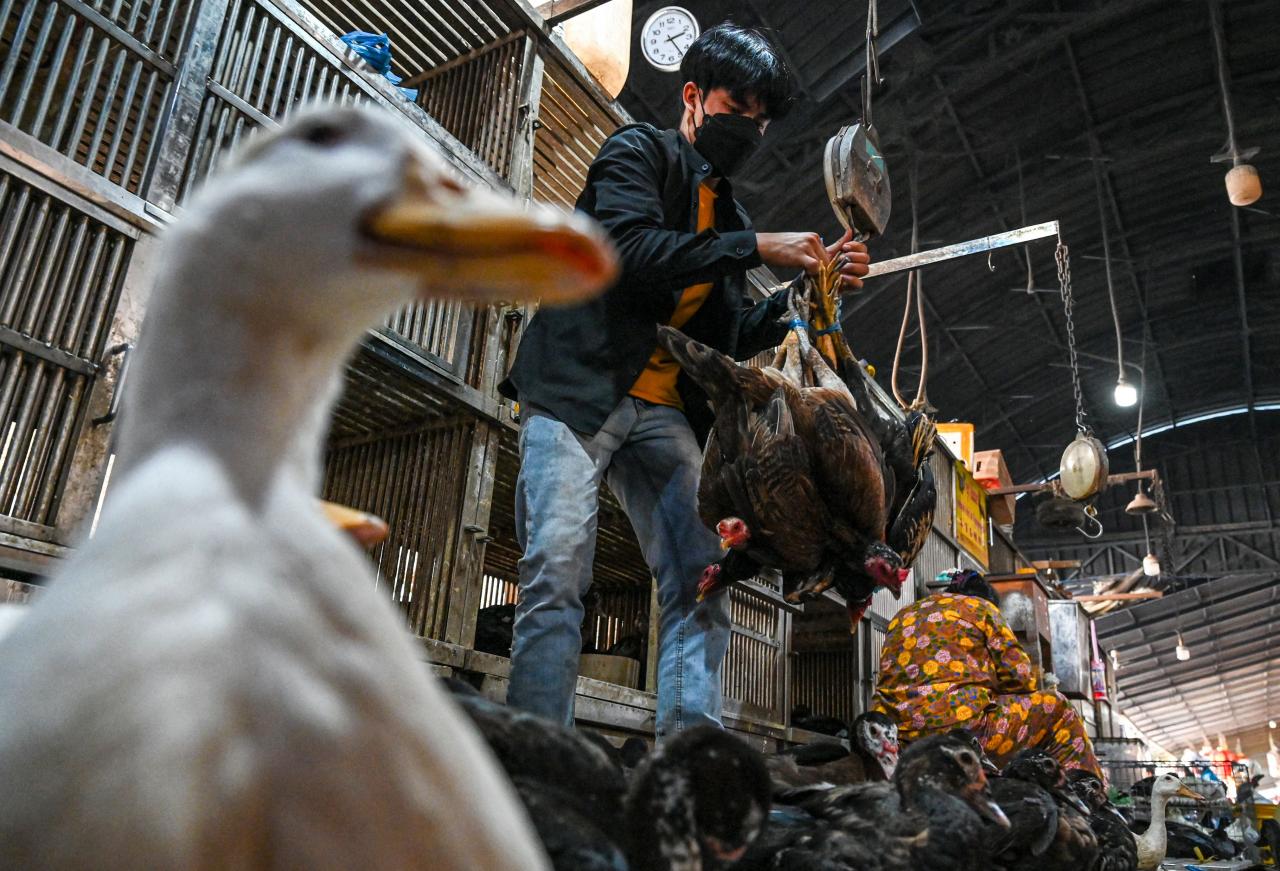
The current H5N1 vaccine policy guidelines recommend that people who are at high risk of exposure to the virus, such as healthcare workers and poultry workers, be vaccinated.
Implementing H5N1 vaccination programs is a challenge. The vaccine is not yet widely available, and there are concerns about the cost of vaccination.
Public health agencies play a role in promoting H5N1 vaccination by educating the public about the risks of the virus and the benefits of vaccination.
H5N1 Vaccine Research and Development
Ongoing research into H5N1 vaccines is focused on developing new and improved vaccines. These vaccines may be more effective, more affordable, and easier to manufacture than current vaccines.
Continued investment in H5N1 vaccine research is important to ensure that we are prepared for a pandemic of this deadly virus.
Last Point
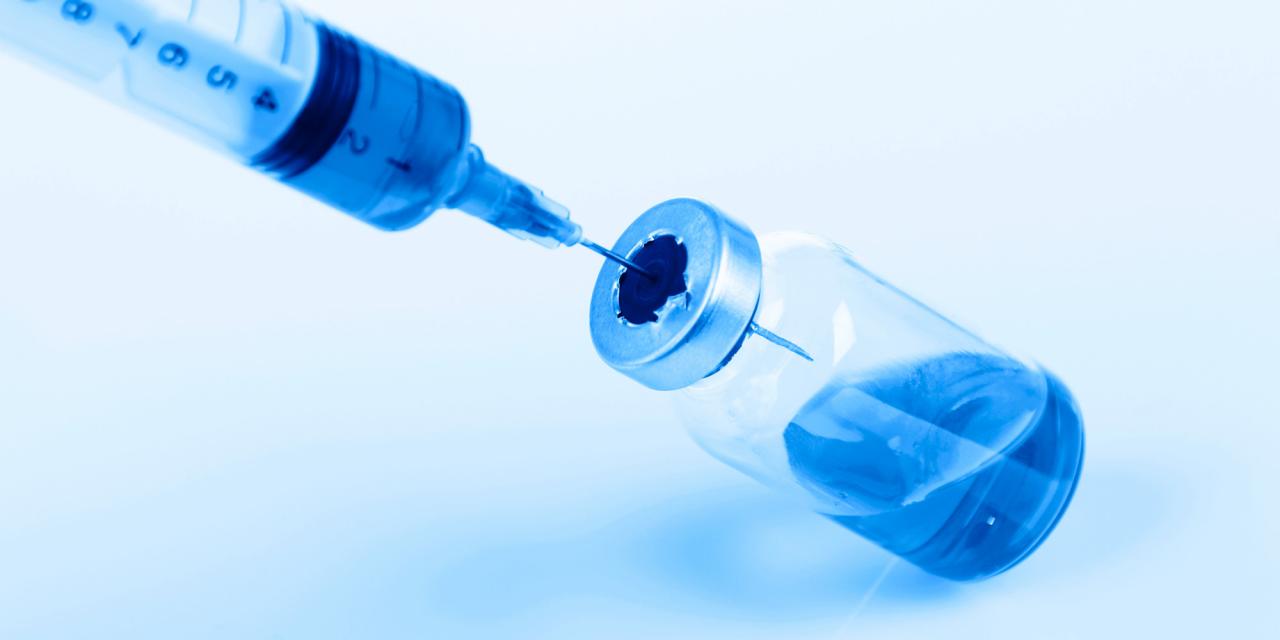
As research and development continue, the H5N1 vaccine for humans has the potential to revolutionize our approach to avian influenza prevention. By equipping individuals with immunity against this deadly virus, we can reduce the risk of outbreaks, protect vulnerable populations, and ultimately safeguard global health.





